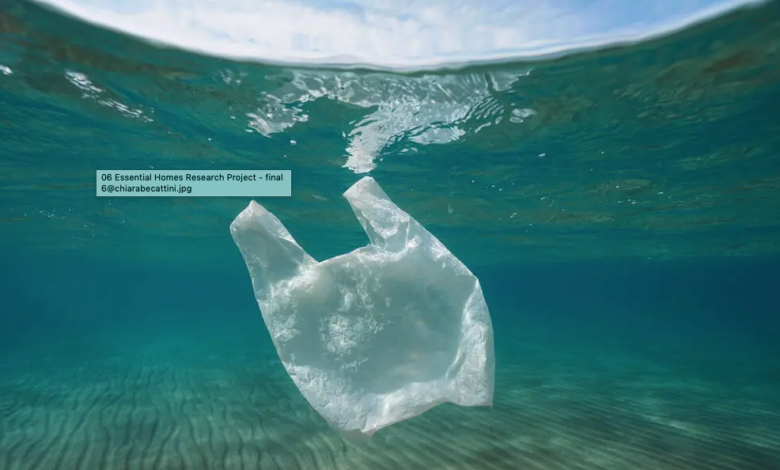How to reduce plastic pollution by 2040
Cutting plastic pollution by 80% can create 700,000 jobs in the circular economy
(sustainabilityenvironment.com) – Technologies are there, now we need the global agreement. Rowing all on the same side is crucial to achieving an ambitious, but affordable goal: reducing plastic pollution worldwide by 80% by 2040. It is UNEP, the UN environmental program, that sets the bar with its new report “Turning off the tap“.
The dossier, released yesterday, anticipates the negotiations in Paris for a global treaty on plastics, which should push the UN countries in the direction indicated. The new round of negotiations will begin next 29 May in the French capital. The analysis focuses on the solutions we have in front of us to get rid of a material that has marked the human age. UNEP lists concrete practices, market changes and public policies that can promote a circular economy and reduce the amount of plastic in circulation.
Read also Even the “sharks” of finance don’t like Producing plastic
“The way we produce, use and dispose of plastic is polluting ecosystems, creating risks to human health and destabilizing the climate – said Inger Andersen, UNEP Executive Director – The report outlines a roadmap to drastically reduce these risks by adopting a circular approach that keeps plastics out of ecosystems, out of our bodies and into the economy. If we follow this roadmap, also in the negotiations for the agreement on plastic pollution, we can achieve important economic, social and environmental victories”.
How to reduce plastic pollution
The first thing to do, according to the document published by UNEP, is to eliminate unnecessary plastics. Then we need to strengthen reuse, from reusable bottles to bulk dispensers, to return vacuum systems. Properly promoted, these changes can reduce plastic pollution by 30% by 2040. The interesting thing is that reuse has a greater potential than recycling, to which UNEP attributes a 20% contribution to the reduction of pollution by 2040. But the industry must become profitable and consolidated. Things would be better (-50%) with a reduction in fossil fuel subsidies and the application of ecodesign guidelines. Finally, replacing some plastic wrappers with compostable materials could reduce pollution by another 17%.
The benefits of a rapid transition would save $1.3 trillion, plus more than three avoided healthcare costs. On the other hand, it would open employment opportunities quantified in 700 thousand jobs. The cost of transforming the plastic economy is assumed to be $65 billion a year until 2040. They can be recovered for the most part by moving investments already planned for plants out of time, and by applying a tax on virgin plastic.






